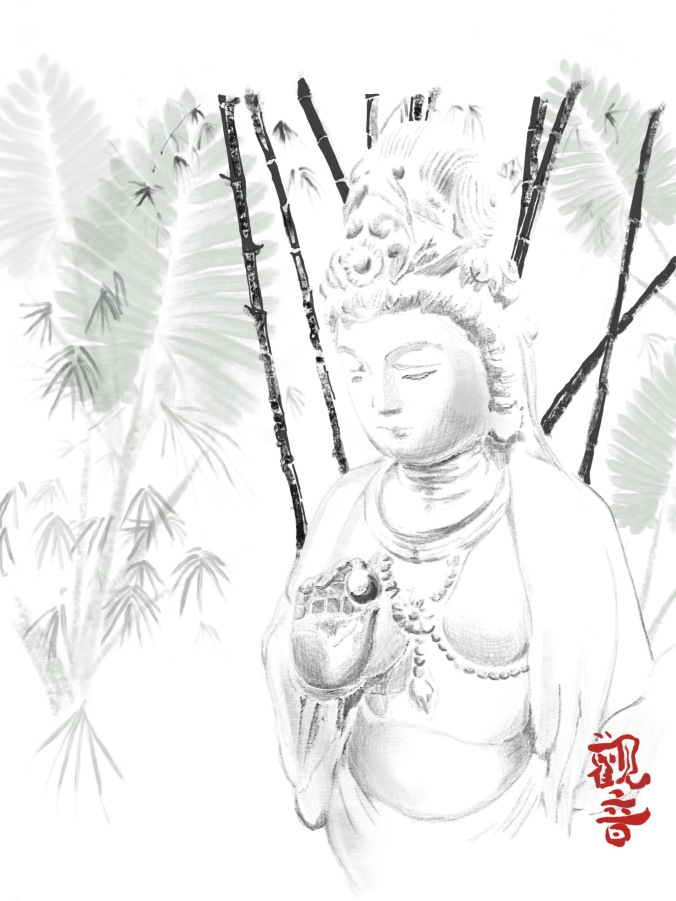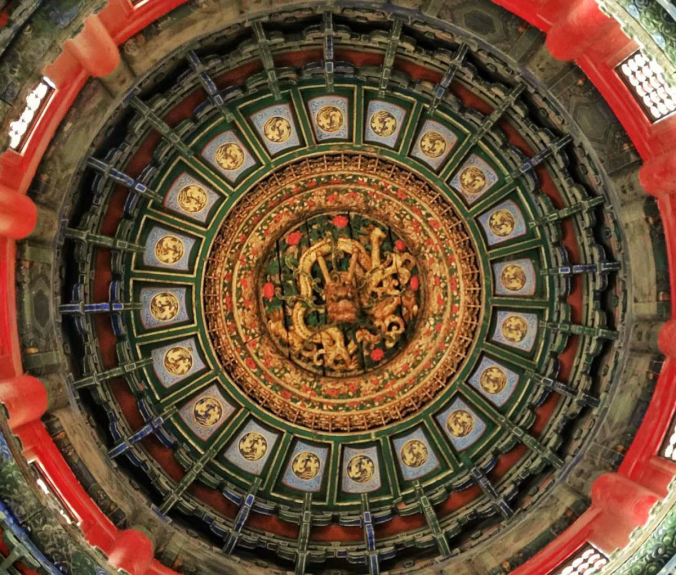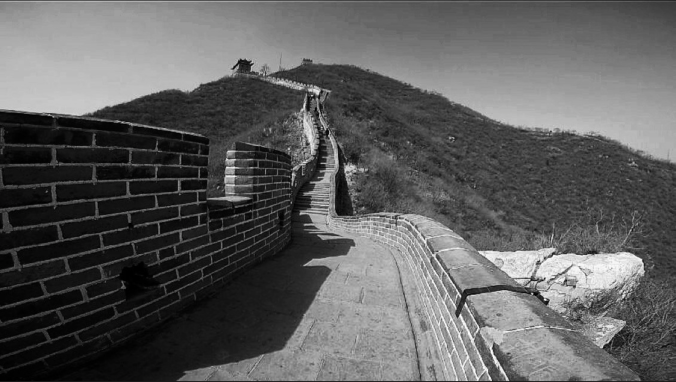Happy Holidays! 节日快乐!
Welcome to the 2016-2017 Edition of the Dragon Times!

Digital Illustration and Article by Fiona Cahill
While traveling in Asia, I noticed different statues depicting many types of goddesses and Buddhas. One of the most popular deity statues is Guan Yin, who is known as the goddess of compassion, mercy, and kindness. She is one of the most beloved and well known goddesses in Asia.
During her life she was known as Miao-shan, a Chinese princess, and she begged her father to let her become a nun instead of marrying. Enraged by her request, Miao-shan’s father forced her to do all of the menial household tasks. Eventually, he allowed her to go to the temple, however he asked the nuns to treat her poorly so that she would become disheartened and return home. Miao-shan decided to stay at the temple, so her father sent a man to execute her. When Miao-shan arrived in hell, she released all of the goodness she had and turned it into a paradise. Lord Yama, king of the dead, sent her back to earth before she could ruin his realm. She lived on Fragrant Mountain as Guan Yin where she watched over human beings. Guan Yin would often notice people in trouble on their boats at sea and rescue them, and she became the patron goddess of sailors and fishermen.




 中文:
中文:
